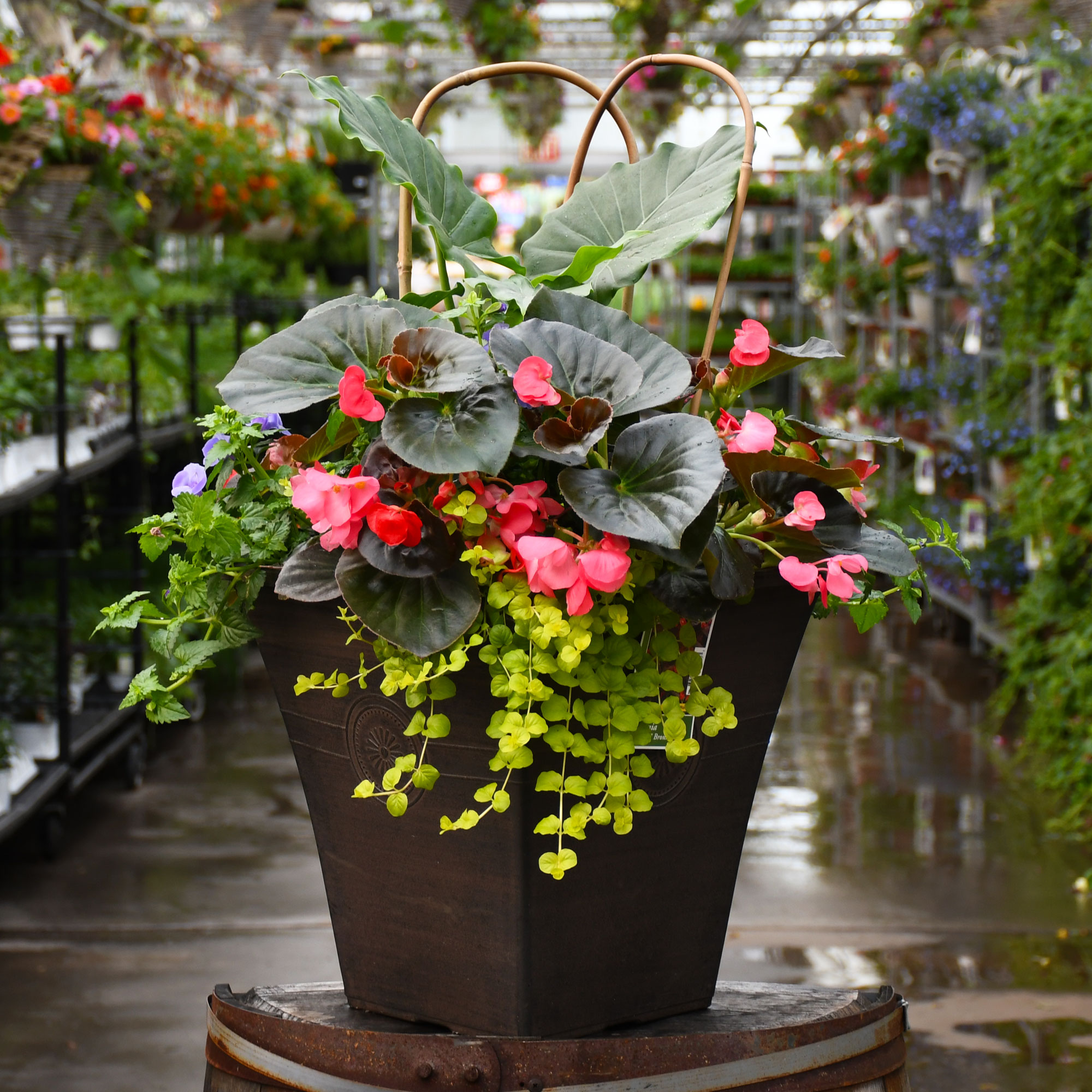Pre-order now for pickup between April 28th and May 9th
Tradescantia Zebrina

Gertens was founded over 100 years ago with a simple motto “Buy Direct from the Grower.”

Part to Full Sun or Shade

Out of stock
Temporarily Out of Stock
SKU
GP4610-C
As low as:
$0.00
As low as:
Description
Attractive pointy leaves emerge purple, turning grayish green in color with curious purple undersides and tinges of silver throughout the year on a plant with a spreading habit of growth.
Direct from the Grower
When you see the Gerten Grown logo on our annuals, you know you're getting a fresh plant directly from our greenhouse. We've been perfecting our growing process for over four generations and pride ourselves on providing local quality and freshness to our customers. Better pricing on better quality plant material, that's Gerten Grown.
More Information
| Common Family Name | Tradescantia |
|---|---|
| Gerten Grown Plants | Gerten Grown Plants |
| Plant Life Cycle | Annual |


